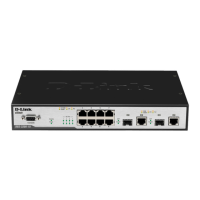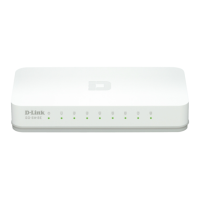35.1.2.2 IGMPV2
In Version 2, there are only four packet types:
Membership query
Version 1 membership report
Version 2 membership report
Leave group
The process is basically the same as that of version 1, except that the leave mechanism of
the host has been improved. For V2, the host can send a leave packet to notify the router,
which then sends a query to verify the existence of the host, improving the efficiency of
joining and leaving.
In addition, version 2 handles multiple routes of multiple access networks. In the multicast
network that runs IGMP, there is a dedicated query multicast router or L3 multicast switch,
which is responsible for sending IGMP query packets. This dedicated router or L3 switch is
chosen through an election process. At the beginning, all the routers are queriers. When a
router receives the query from a router with lower IP address for membership, it changes
from the receiver to the non-querier. Therefore, ultimately only one router is in the query
status. This router is the one with the lowest IP address in all multicast routers.
When the querier router fails, the IGMPv2 also handles the fault. The non-query router
maintains the interval timers of other queriers. Each time when a router receives a
membership query packet, it resets the timer. If the timer expires, the router starts to send
query packets, and querier router election starts again.
The querier router must send membership query requests periodically to ensure that other
routers on the network know that the querier router still works. For this purpose, the querier
router maintains one query interval timer. When the membership query packet is sent, this
timer will be reset. When the interval timer is zero or not necessary, the querier router sends
another membership query.
When the device appears for the first time, that is, a new device is added, it sends a series of
general query packets to check which multicast groups shall be forwarded on a specific
interface. The number of common query packets sent by a router is based on the start query
count configured of the router. The querying interval between the initial general query
packets is defined through the startup query interval.
When a querier router receives a leave packet, it must send a particular group membership
query to see whether the host is the last that leaves the group. Before the router stops
forwarding packets to the group, it sends a series of such packets, the number of which is
equal to the last member query number. The router sends multiple particular membership
queries to ensure that there is no member in the group. Such a query is sent every other the
seconds of the last-member query interval to separate the queries. When no response is
received, the router stops forwarding multicast packets to the group at the particular
interface.

